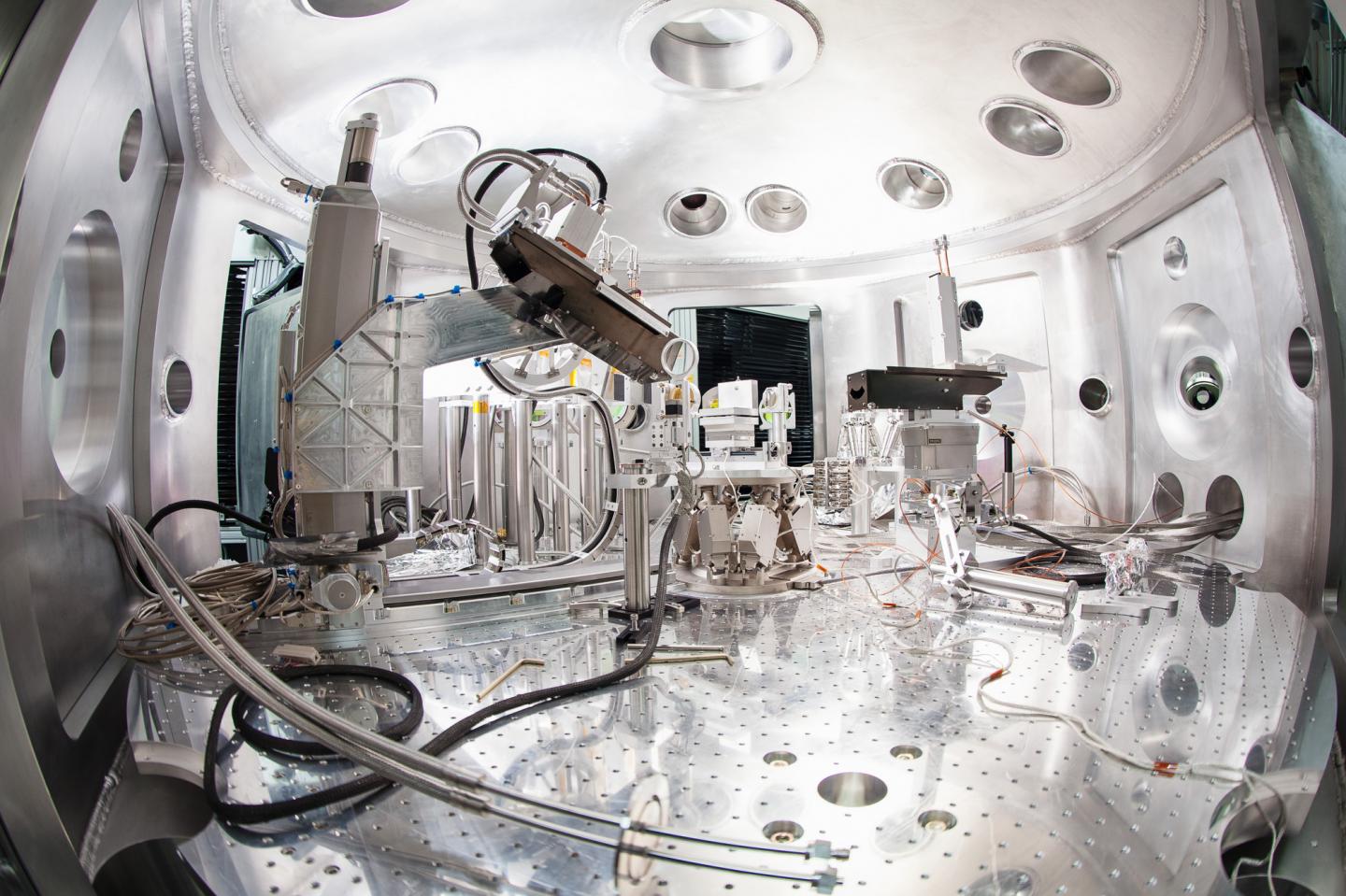Scientists Create Diamonds From Plastic Using High-Powered Lasers
Credit to Author: Becky Ferriera| Date: Mon, 21 Aug 2017 15:00:00 +0000
The idea of diamonds showering down like raindrops sounds like something out of a Tiffany’s commercial. But scientists have long predicted that glittering diamond hailstorms may actually occur some 10,000 kilometers (6,200 miles) below the surface of giant icy planets like Uranus and Neptune.
Deep within these worlds, conditions are so intense that the strong bonds holding together hydrocarbon molecules may be severed, allowing the elemental debris to be crushed into diamonds, from tiny nanocrystals to potentially million-carat gem-chunks.
Veiled under voluminous layers of gas, these environments reach temperatures of around 5,000 Kelvin (8,540 Fahrenheit) and pressures of 150 gigapascals (1.5 million Earth atmospheres). Even the sturdiest of robots couldn’t endure these extreme places, so researchers tend to base speculations about diamond precipitation on models, rather than direct observations.
Now, research published Monday in Nature Astronomy describes solid experimental evidence of diamond rain, forged by sophisticated lasers at the SLAC National Accelerator Laboratory at Stanford University. A team led by Dominik Kraus, a physicist at the German research laboratory Helmholtz Zentrum Dresden-Rossendorf, used the Linac Coherent Light Source (LCLS) and the Matter in Extreme Conditions (MEC) instrument to put samples of polystyrene, a hydrocarbon-based plastic, under similar stresses to those found in the interiors of large ice gas planets.
Lo and behold, the MEC laser shocked the polystyrene into producing diamonds. The results are hailed as “the first unambiguous observation of high-pressure diamond formation,” according to a statement.

MEC station at SLAC National Accelerator Laboratory. Image: SLAC National Accelerator Laboratory
This was a somewhat unexpected breakthrough for the team. “Such surprising moments of clear insight are very rare in science,” Kraus told me in an email. “Usually, it’s long and hard work trying to make sense out of inconclusive data. Here, it was just clear from the very beginning. It was just ‘wow!’ And that’s true for everybody in the team.”
Like some old folktale about spinning straw into gold, the experiment demonstrated how diamonds are spun from hydrocarbons by crushing forces inside chilly gas planets. This is dazzling enough on its own, but it has implications for other research fields too. There are many exoplanets like Uranus and Neptune in other star systems, and a firmer understanding of these worlds’ inner dynamics could help inform estimates of their mass, size, composition, and geological activity.
Read More: Clouds On This Planet Could Be Made Of The Same Stuff As Rubies
The team’s research could also have materials science and commercial applications. Useful “nanodiamonds” can be fabricated with explosive detonations, but the SLAC lab experiment may foreshadow a more advanced diamond-making technique.
“With high-energy lasers, we hope that [nanodiamond] synthesis may be cleaner and easier to control,” Kraus said. “But this is still to be demonstrated. We are working on that and already did promising experiments very recently, more to come.”
That’s right: Our future may involve factories that, inspired by the bling at the heart of icy gas planets, turn plastics into diamonds by shooting lasers at them. Science is a wild ride.
Get six of our favorite Motherboard stories every day by signing up for our newsletter.